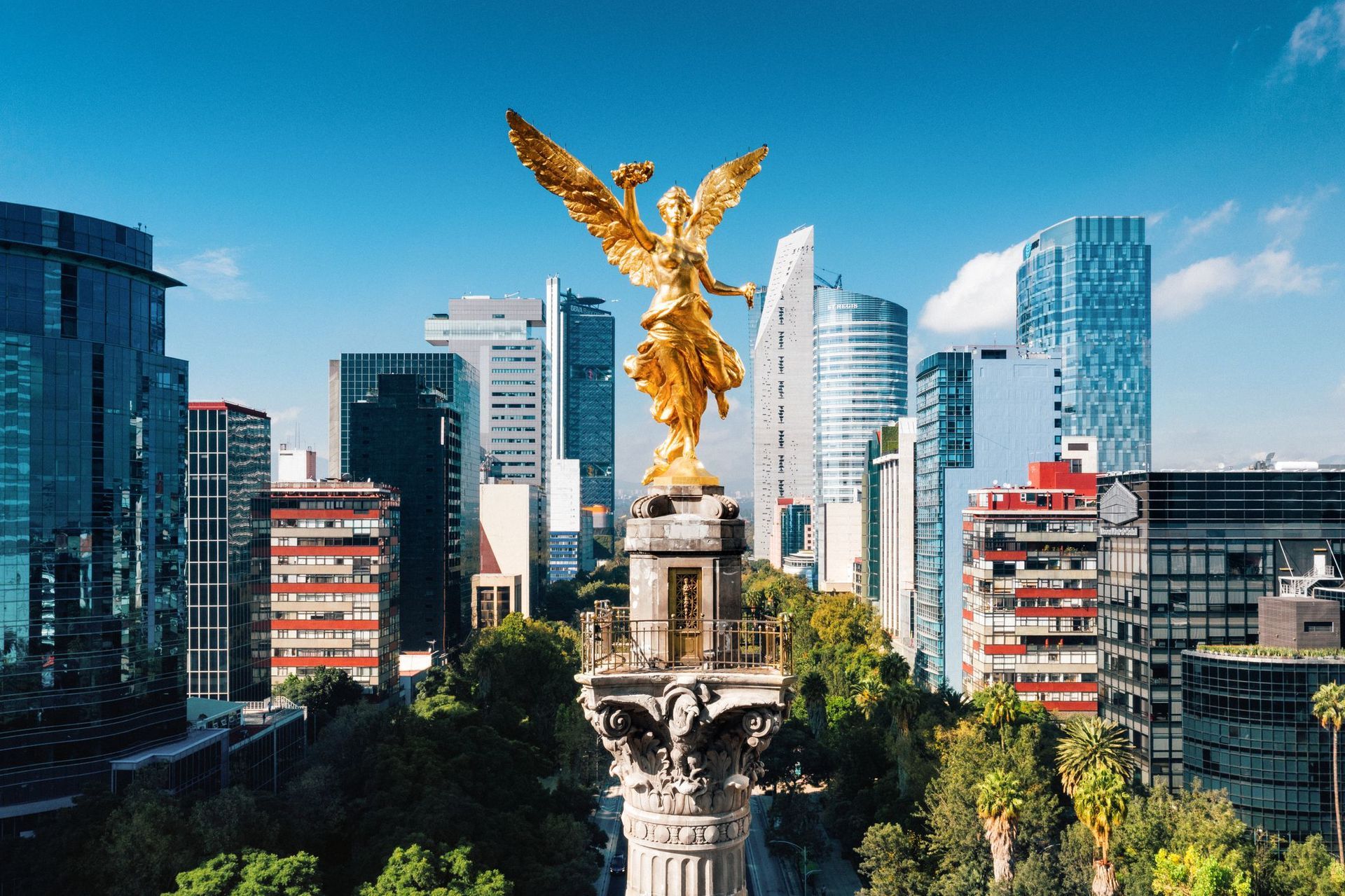
"Zero-carbon buildings are achievable in Mexico today given the current policy landscape, which is more favorable than in many other emerging economies."
Mexico City
North America's Largest City has embraced and openly promoted a NET ZERO carbon future. In 2020 Mexico City passed its “Program for Climate Action 2020-2026”, a strong example of the environmental actions cities can take to improve local re-forestation, air quality, access to clean water, increased mobility options, and transportation. In 2020, Mexico City, along with 34 other Latin American Capitals came together to embrace a green new deal, and agreed to reduce carbon to NET ZERO by 2050. In addition, Mexico has committed to producing at least 35% of its energy usage from renewable resources as early as 2024.
Mexico City has implemented building codes that promote energy efficiency in construction. These codes include specific requirements and standards for building envelopes, such as insulation, air sealing, and efficient use of materials.
The government encourages the construction of sustainable buildings through programs such as the Leadership in Energy and Environmental Design (LEED) certification. LEED provides a framework for assessing the environmental performance of buildings, including aspects related to building envelopes.
Mexico City has initiated programs to mitigate the urban heat island effect, which contributes to climate change. These programs involve measures such as the use of cool roofs, green roofs, and reflective surfaces on buildings, all of which can help reduce heat absorption.
The government of Mexico City has developed guidelines for sustainable construction practices. These guidelines provide recommendations for architects, developers, and construction companies to design and construct buildings with energy-efficient building envelopes and environmentally friendly materials.
Mexico City has been actively working on climate change adaptation strategies. These strategies include measures to enhance the resilience of buildings to extreme weather events, such as hurricanes, floods, and heatwaves. Building envelopes play a crucial role in improving the overall resilience of structures.
The government of Mexico City has set goals to reduce greenhouse gas emissions. Strategies to achieve these goals include promoting energy-efficient building design, retrofitting existing buildings, and improving the energy performance of building envelopes.
It's important to note that Mexico City's government continues to evolve its policies and initiatives to address climate change and promote sustainable building practices. For the most up-to-date information, I recommend referring to official government sources, such as the Ministry of Environment or relevant municipal departments responsible for urban planning and sustainability.